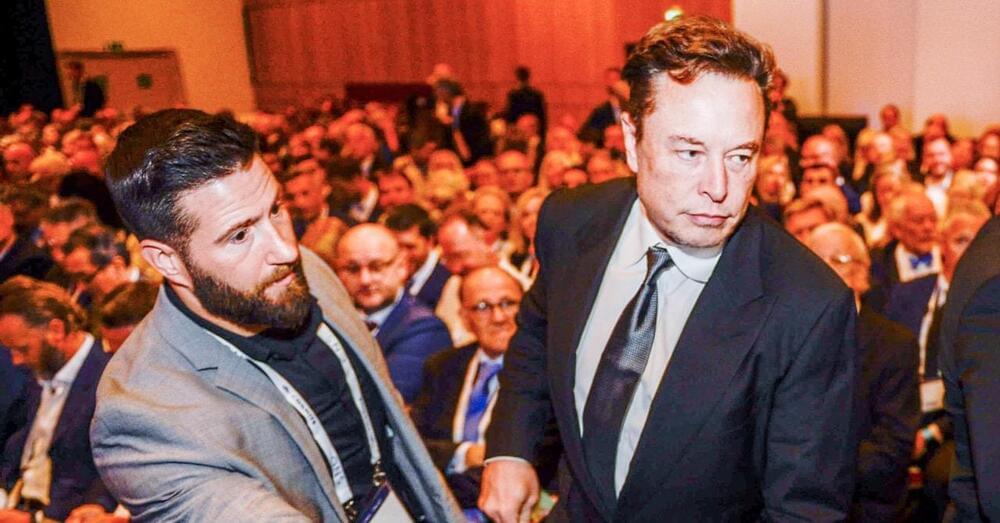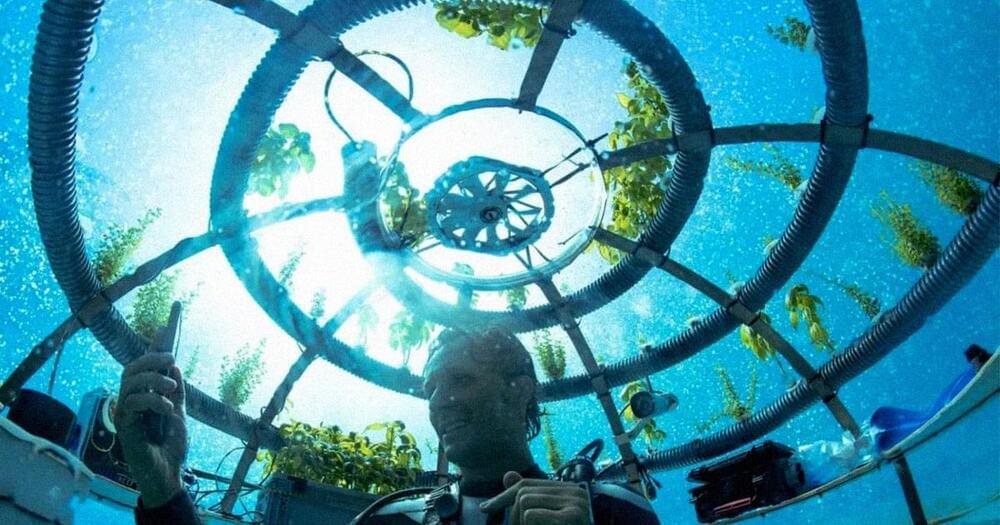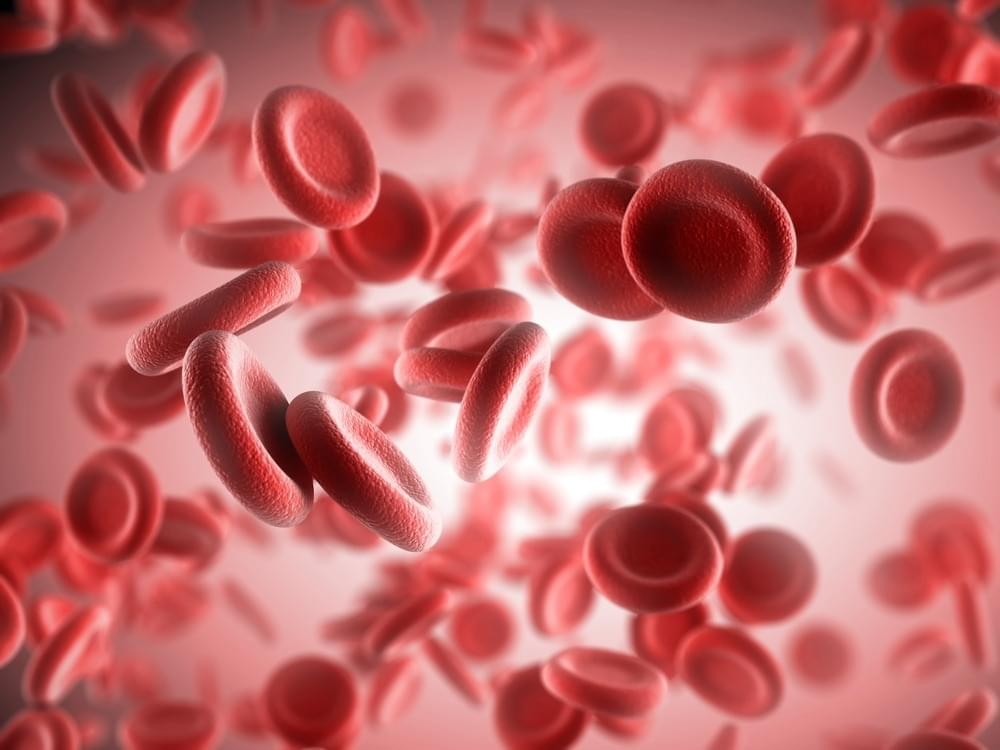😀
This article focuses on the concept of gamma rays, their sources and emitters. It then focuses on the presence of gamma rays in the cosmos and how they are generated. Finally, it talks about joint research between facilities in the US and Czech Republic and how they would benefit the gamma-ray generation process.
Image Credit: sakkmesterke/Shutterstock.com
What are Gamma Rays?
In simple terms, gamma rays can be defined as packets of electromagnetic energies which are emitted after radioactive decay. In the electromagnetic spectrum, gamma rays are deemed to be the most radioactive rays of all. Gamma rays can often be confused with X rays, but the key difference is that an excited nucleus produces gamma rays in an atom instead of an excited electron.







